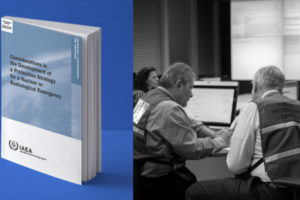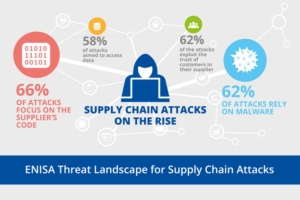New IAEA Guidance in Emergency Preparedness and Response

How do you create a national strategy to protect people in a nuclear or radiological emergency based on lessons learned, scientific evidence and good practices? A new IAEA publication, Considerations in the Development of a Protection Strategy for a Nuclear or Radiological Emergency provides the concepts and practical considerations needed to build that protection strategy.
“The publication is universally adaptable and addresses the different aspects of an emergency from the direct radiological consequences to protecting against non-radiological aspects, which are decisive for an effective response,” said Svetlana Nestoroska Madjunarova, former counsellor in monitoring and emergency at the North Macedonian Radiation Safety Directorate and author of the publication.
Five main topics are covered in the publication: the concept of a protection strategy for a nuclear or radiological emergency, the basis and process for the development of a protection strategy, processes for justifying and optimizing protection and safety and consultation with interested parties. These five topics provide guidance to those planning a protection strategy, the underlying concepts and they also provide practical guidance on implementation in alignment with the IAEA safety standards and the goals of emergency response as defined in General Safety Requirement Part 7.
The publication also provides an outline for national protection strategies to support national efforts to develop justified and optimised plans to protect health and minimize danger to life and property during and following a nuclear or radiological emergency, as well as specific guidance for the effective, optimal implementation of the strategy in emergency response.
Protection measures should be based on scientifically justified methods and applied only when observations in the field indicate action is necessary. In this manner, maximum protection can be provided with minimum social and economic disruption. Justification in emergency response means taking diverse factors into account to achieve more good than harm. Optimization is a process that applies the resources at hand in the most effective manner to provide the best protection during an emergency.
Core objective
The guidance addresses both the early stages of the emergency response and the subsequent return to normality in the affected areas, while also touching on environmental, economic and other consequences. These considerations, previously addressed in separate publications, are now gathered for the first time in this unified volume.
“Effective emergency response planning requires a holistic approach that addresses all the issues arising during and following an emergency, not solely the initial consequences of the nuclear or radiological emergency,” said David Owen, expert from the United Kingdom on the publication drafting group.
The publication reflects the latest safety requirements and recommendations in emergency preparedness and response and supports their implementation.
“The eventual return to normality following an emergency is an important consideration in the protection strategy,” Madjunarova said. “Countries may expect that in this post-emergency period there is enough time to acquire the relevant social, economic and radiological information needed to make optimal decisions. Lessons learned show that a comprehensive strategy is essential in making and implementing those decisions in a timely manner.”
The publication also offers practical advice on the possible transboundary consequences of a nuclear or radiological emergency to identify potential hazards to aid cooperation with all countries that may be affected by such events to ensure effective and consistent protection of the affected populations and the environment across borders.









